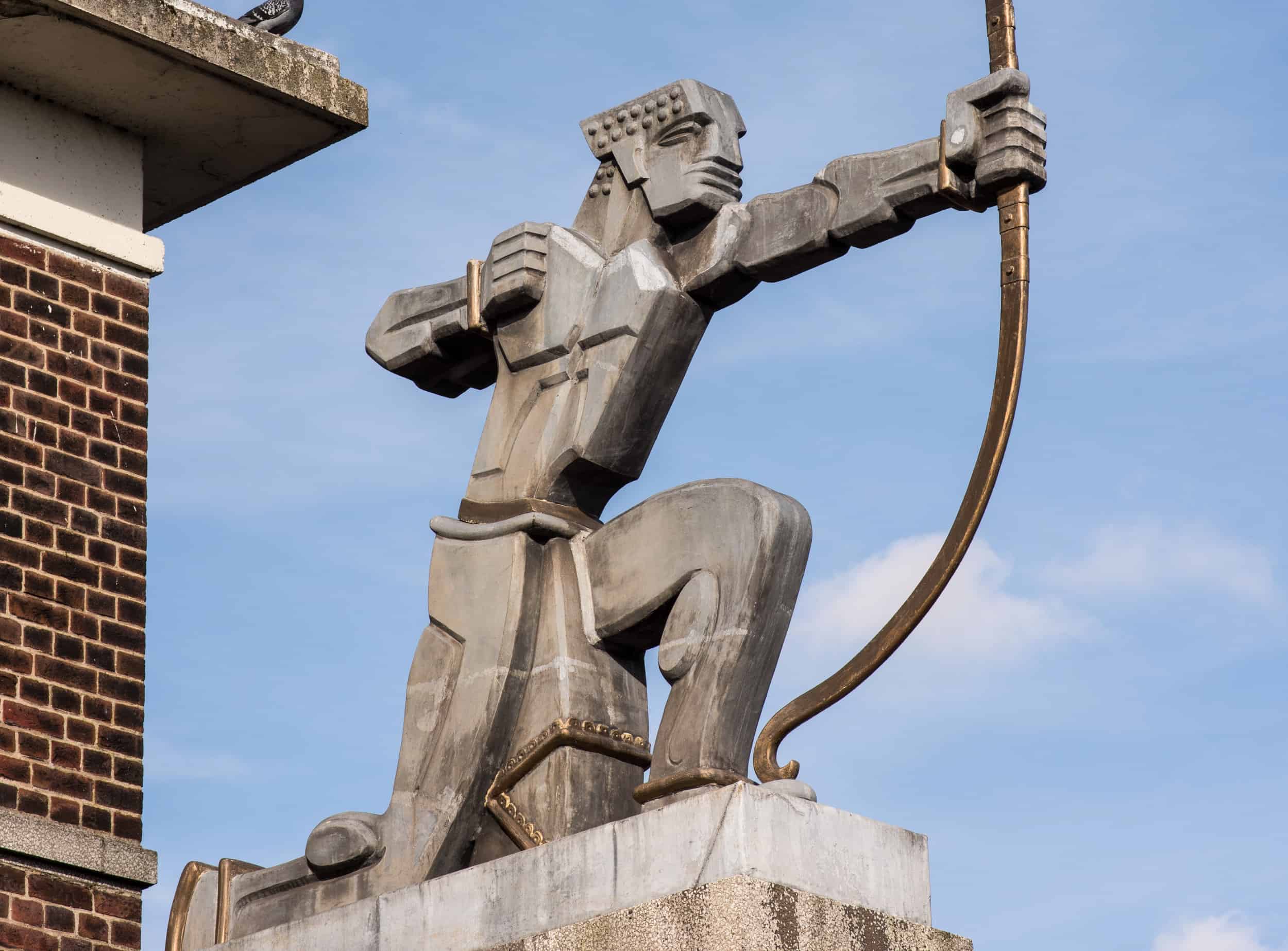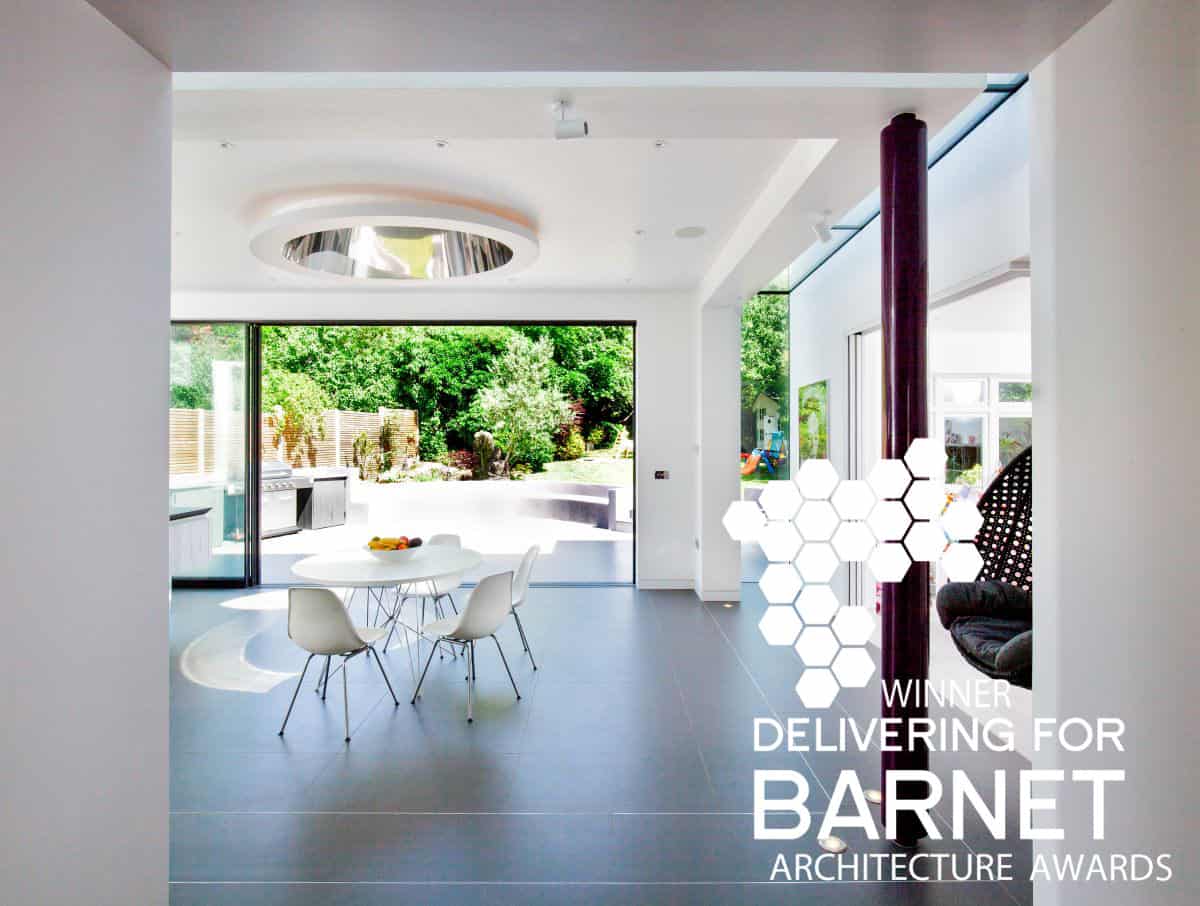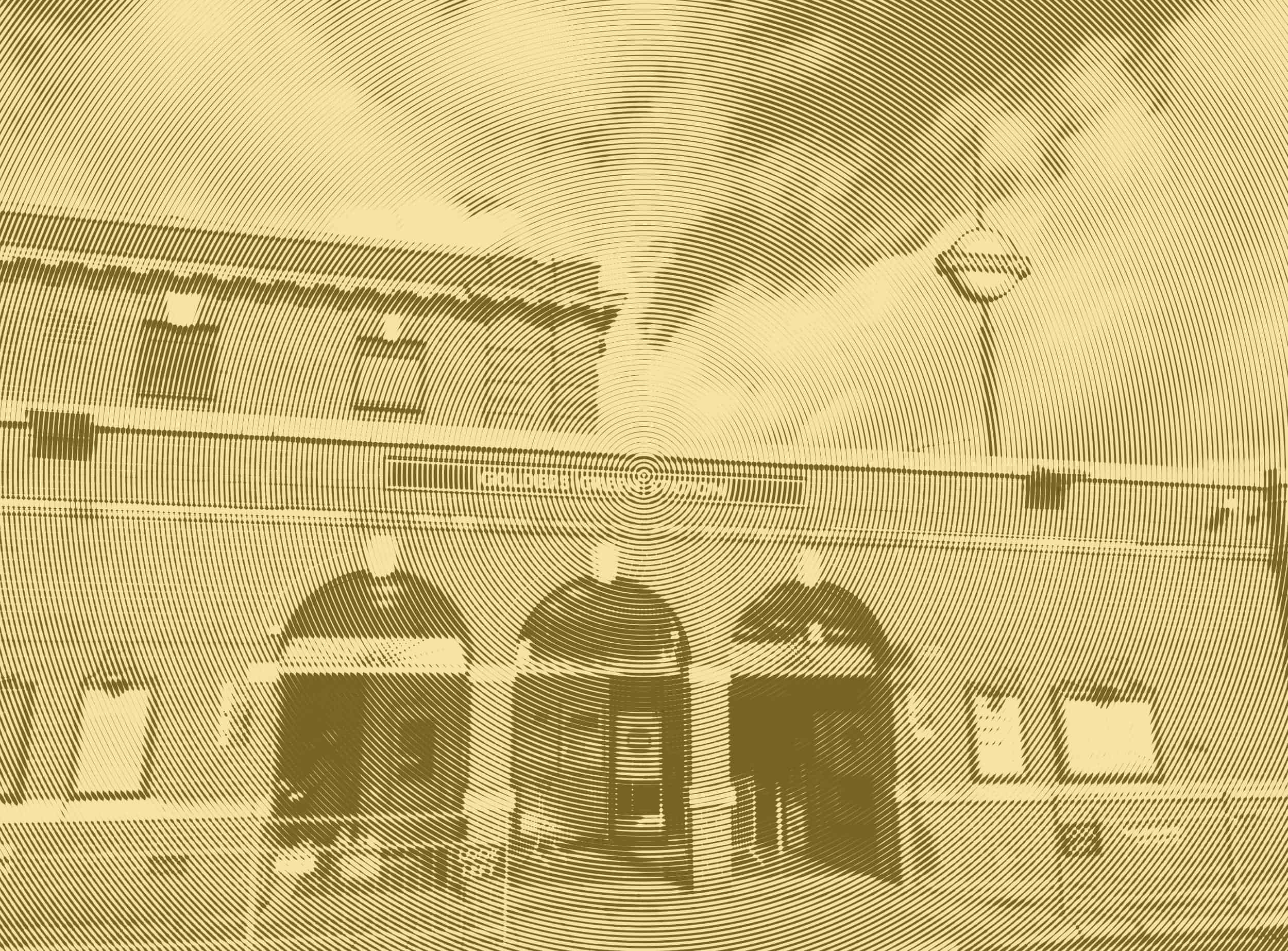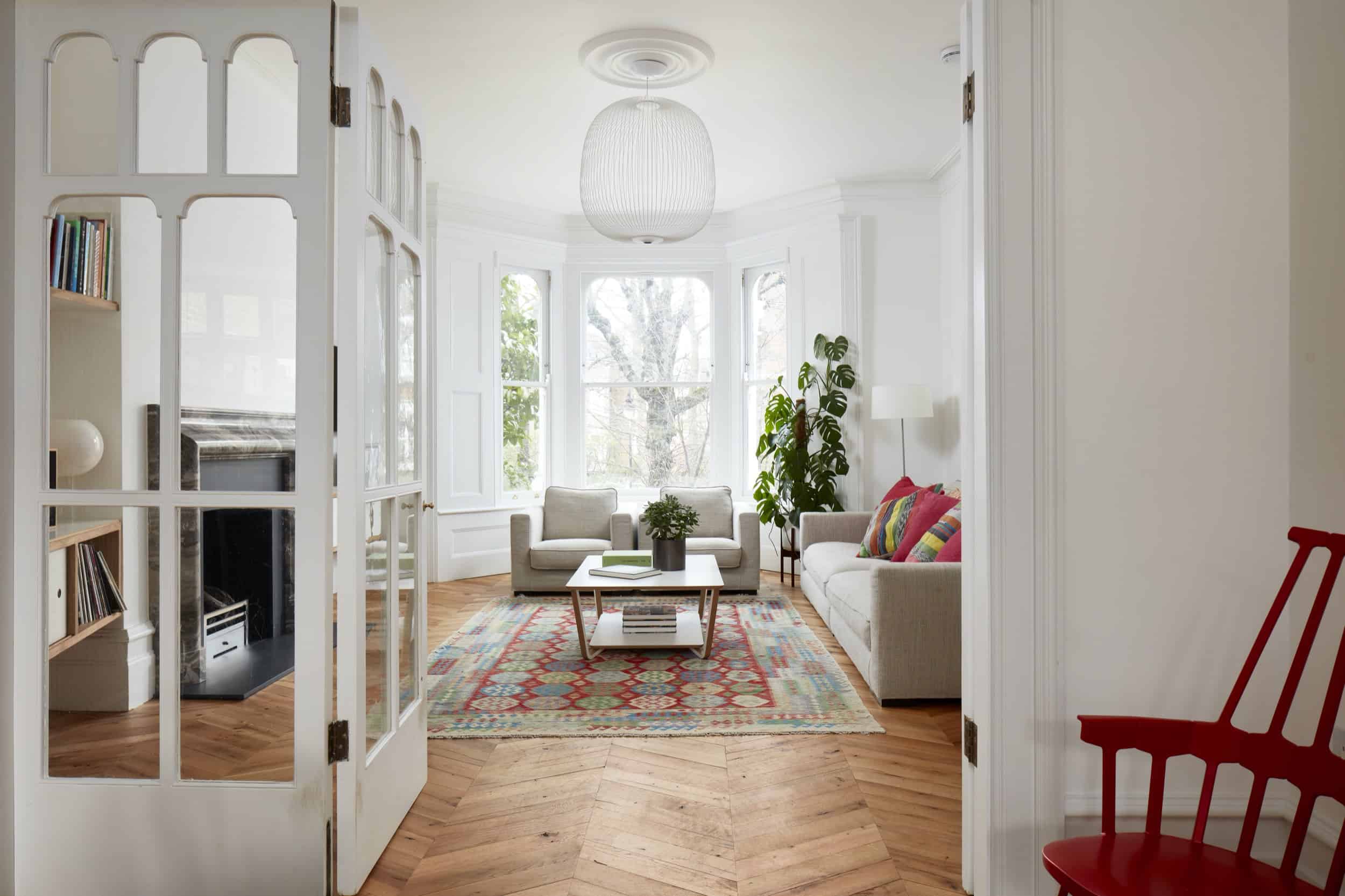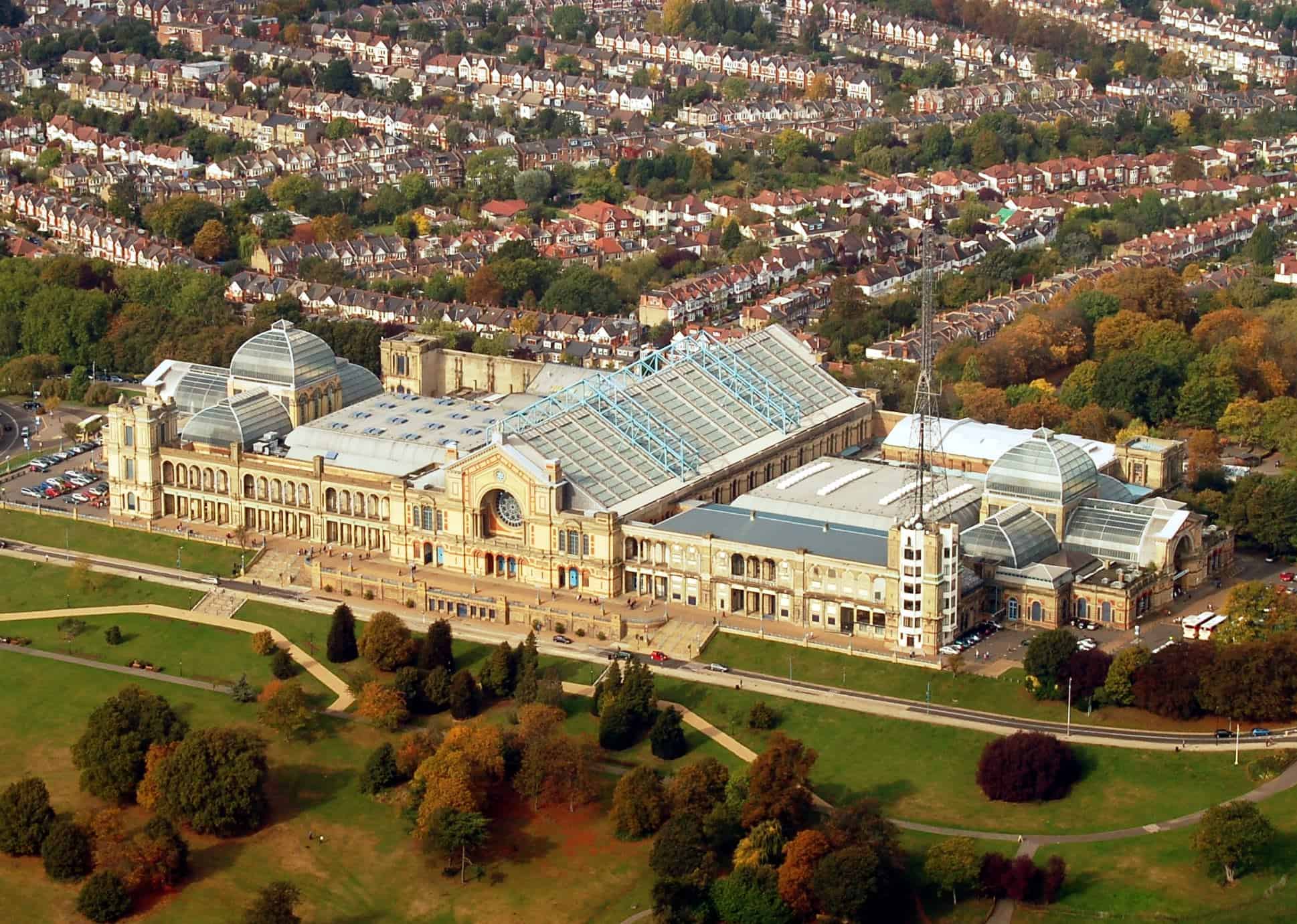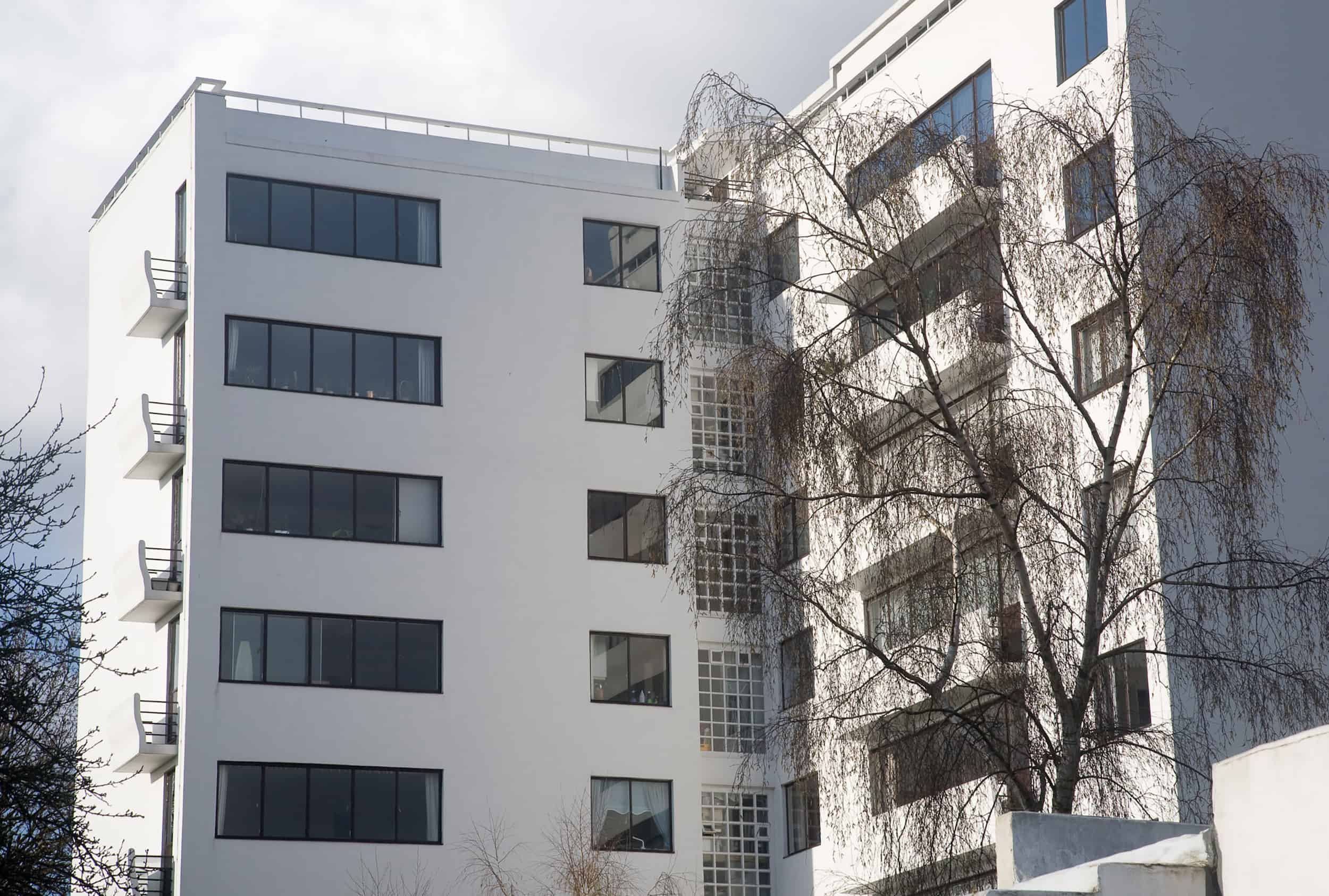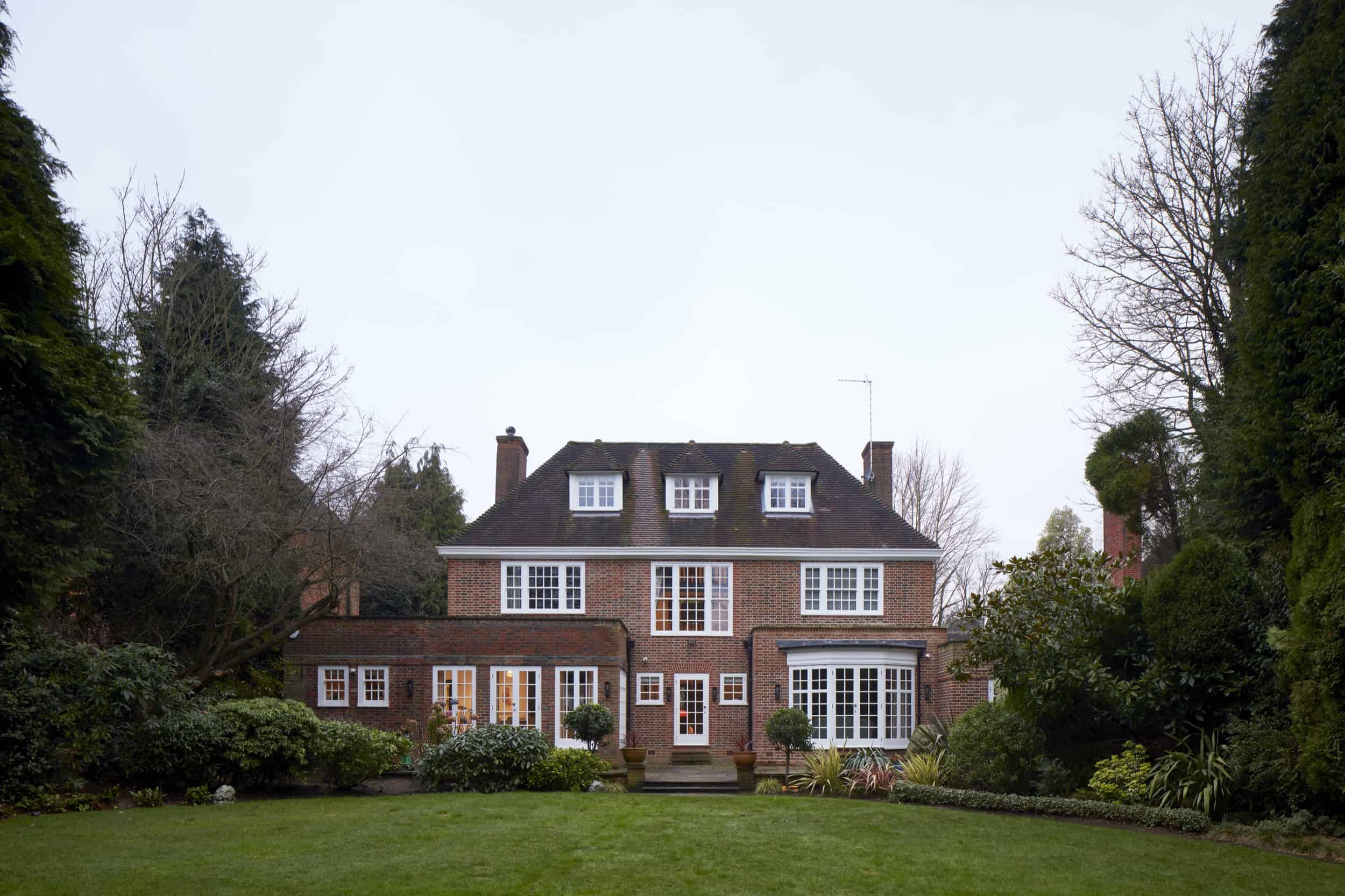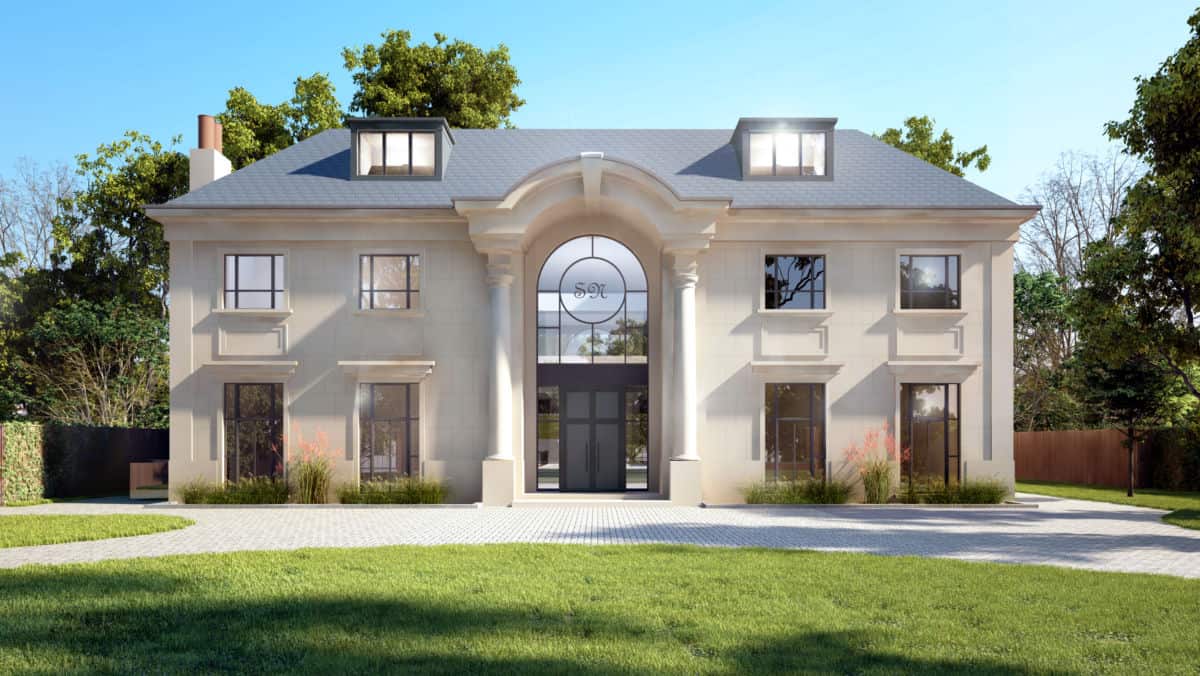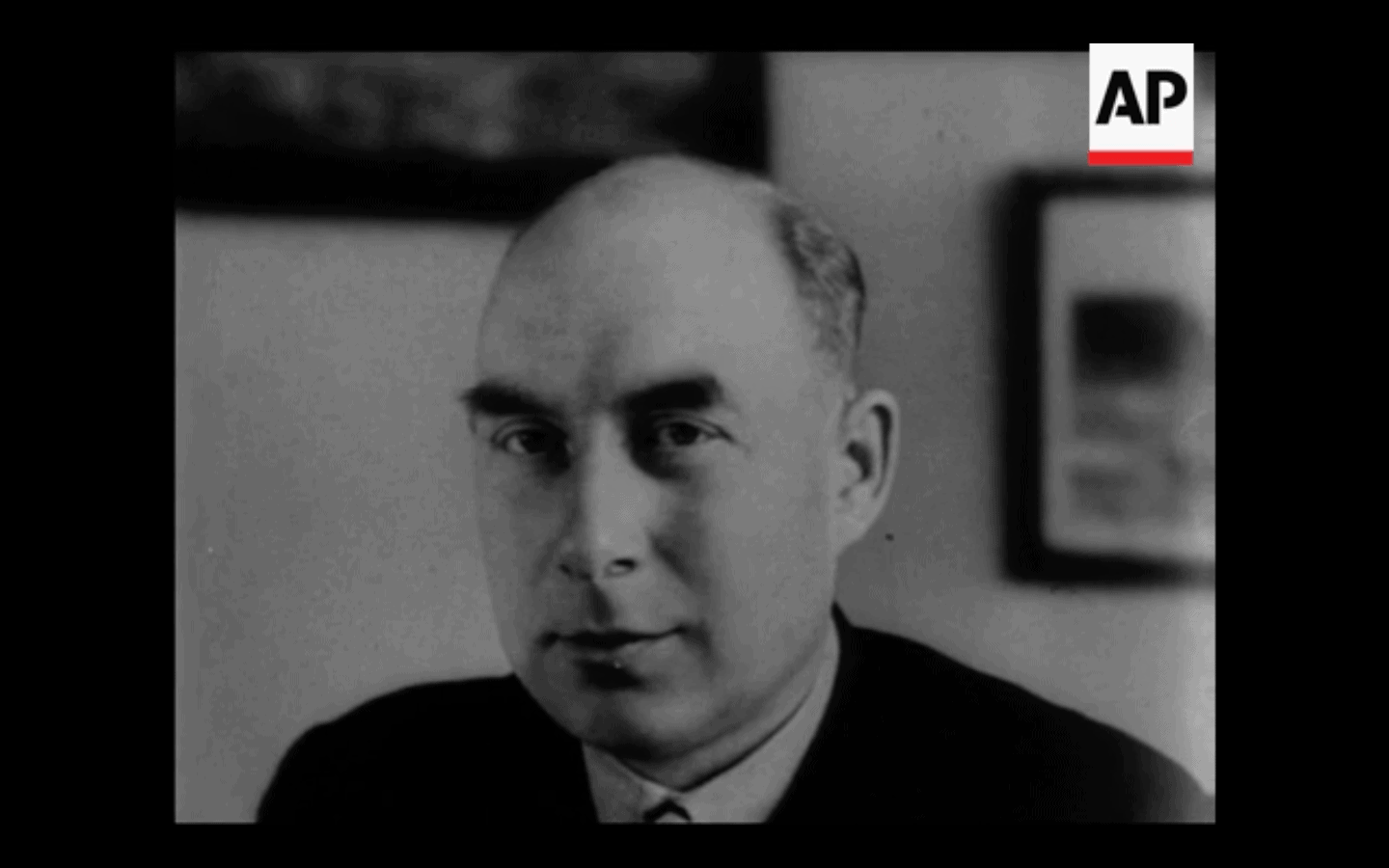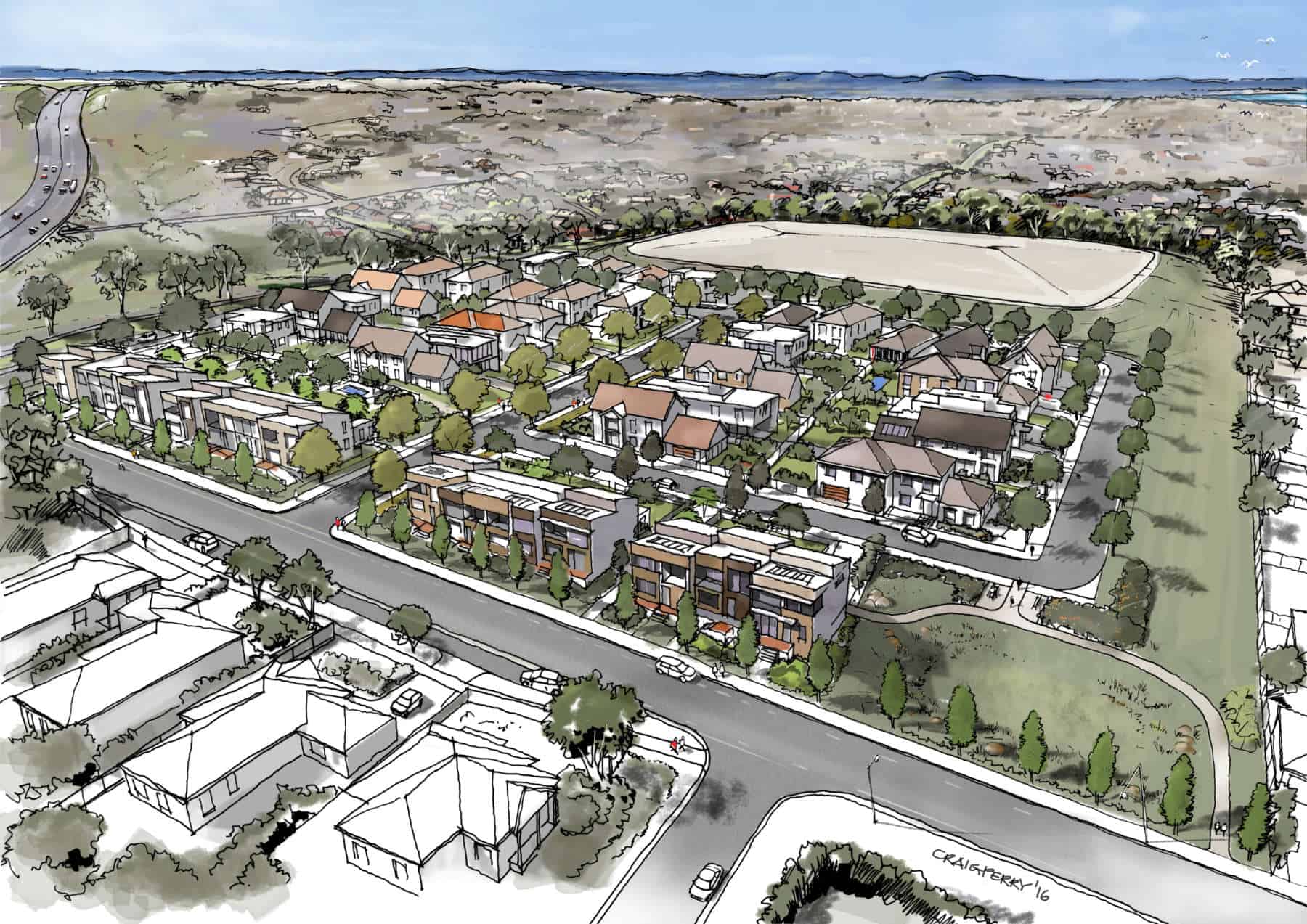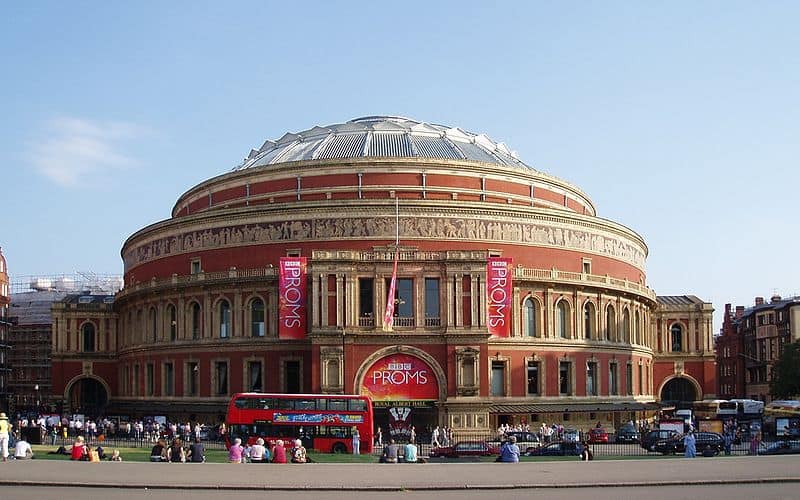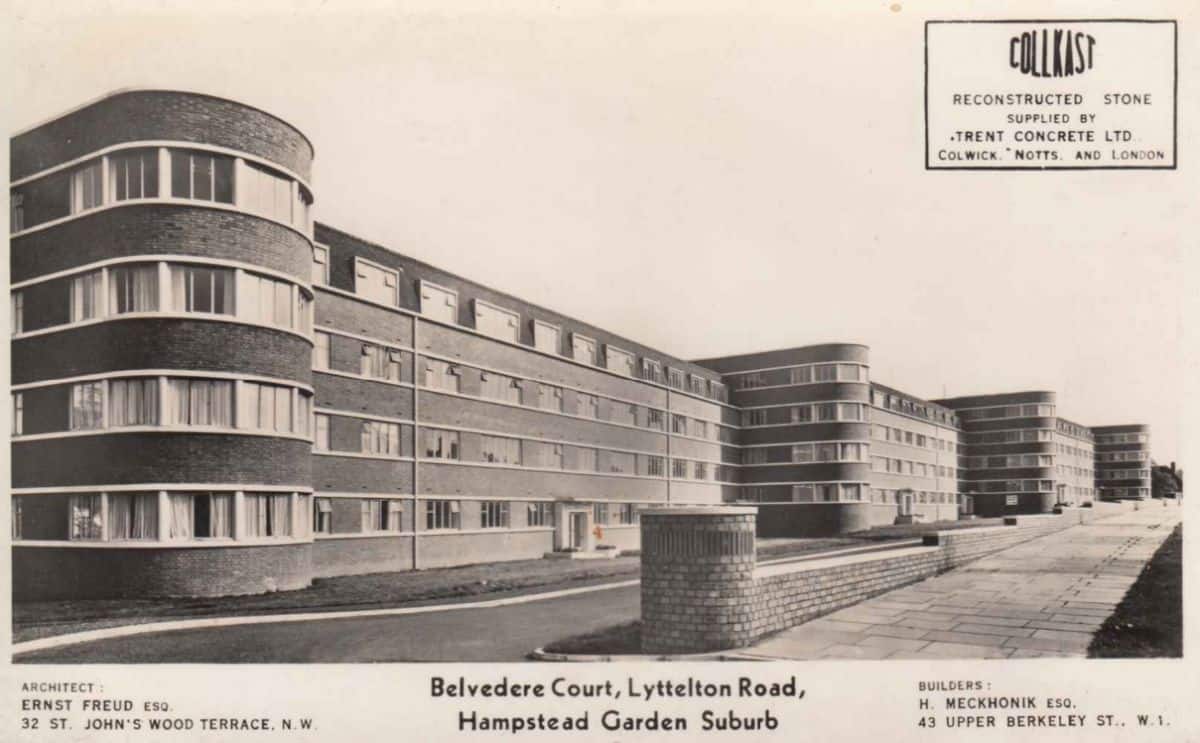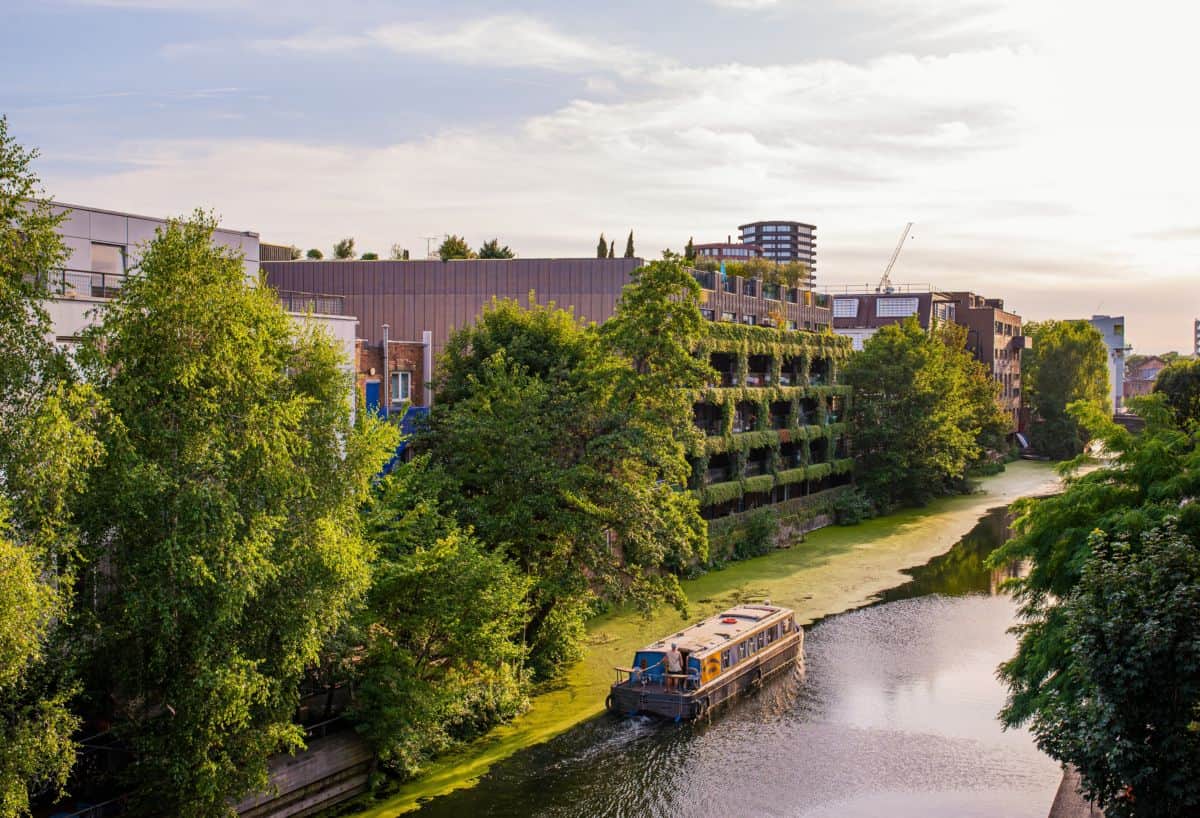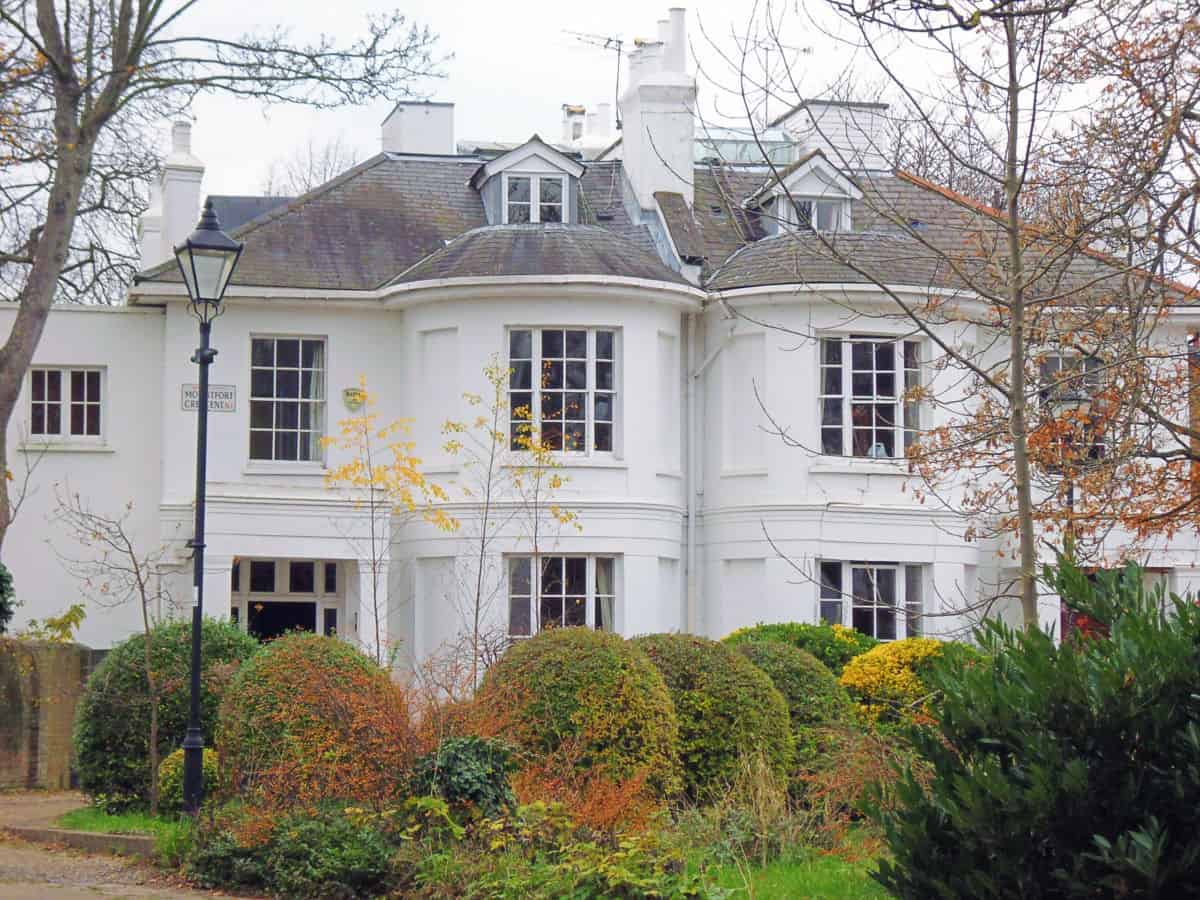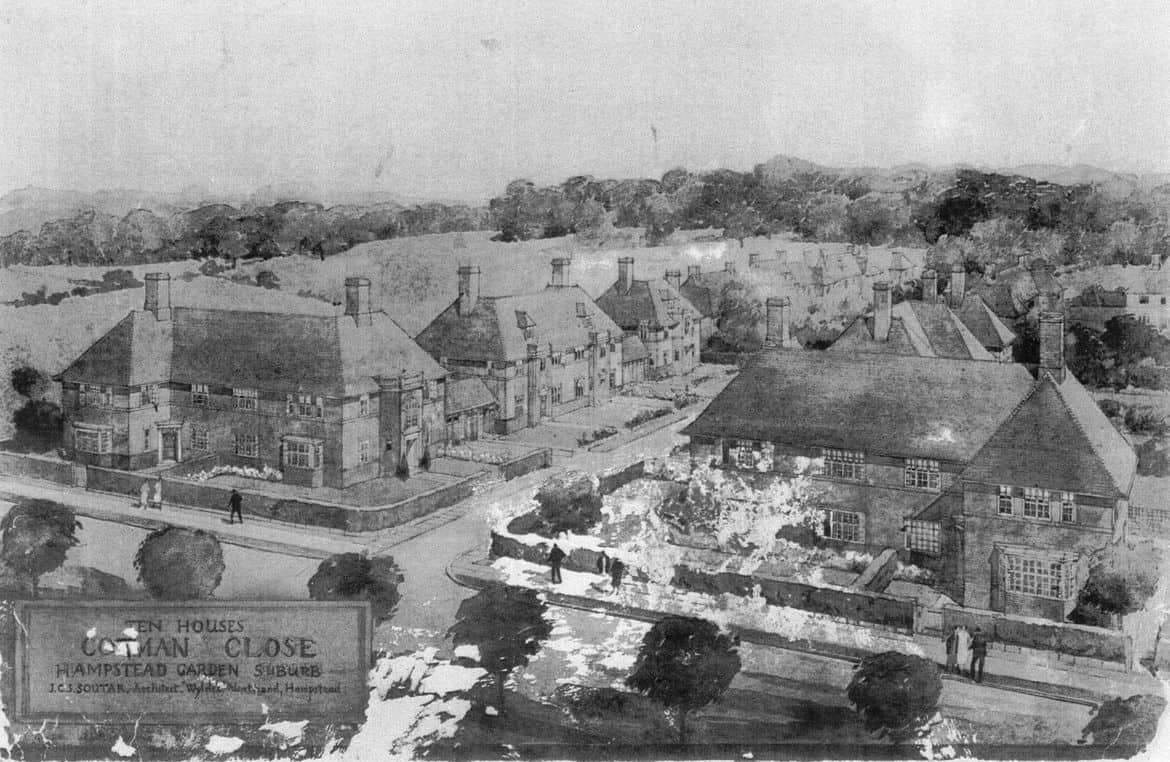Kenwood: History and Stories
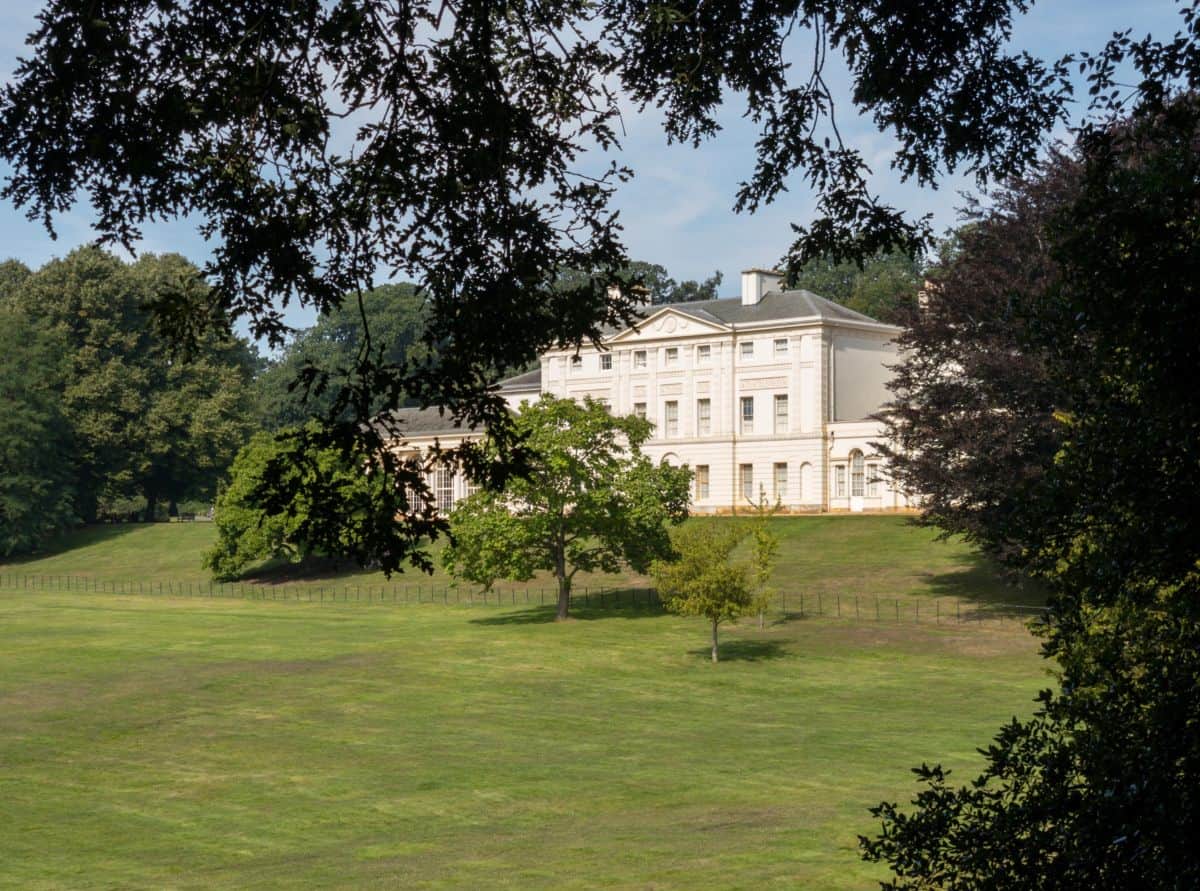
London’s Hampstead Heath has long been regarded as one of the city’s most enviable addresses in the capital. Home to numerous celebrities from Boy George to Ridley Scott, from Thierry Henry to Ricky Gervais, its stunning walks and resplendent architecture make it one of the brightest shining jewels in London’s crown. And none of Hampstead Heath’s famous and glamorous buildings are quite as beloved or historically important as Kenwood House.
Instantly recognisable from the 1999 film ‘Notting Hill’, this neoclassical villa is best known for its wealth of stunning artworks and its history of intriguing and colourful inhabitants. Having been recently restored to its full Georgian splendour it remains one of London’s most impressive, captivating and intriguing stately homes.
A brief history of Kenwood House
Built during the early 17th century, Kenwood House ‘s first iteration was originally believed to be a brick structure built by John Bill (King James I’s printer), who purchased the estate in the early 1600s. The property remained in the Bill family until it was sold in 1690 for the sum of £3,400, the equivalent of only £572,500 in 2019 money.
The already substantial house was expanded numerous times throughout the next century and changed hands a number of times in the 18th century. Notable owners throughout these years included William the 4th Earl of Berkley, John Campbell, 2nd Duke of Argyll and John Stuart, 3rd Earl of Bute whose love of botany most likely led to the addition of the orangery to the west of the south front.
But it was William Murray, 1st Earl of Mansfield who is responsible for giving the property the neoclassical facade that we know and love.
Murray, who purchased the property for £4,000, used his status and wealth to transform the property. Scottish neoclassical architect Robert Adam and his brother James were commissioned to remodel the house and spent the years between 1764 and 1779 creating the structure we recognise today. Changes included a new entrance to the north front, a new library for entertaining and new decorative schemes to the ground floor rooms on the south front.
However, this wasn’t just an ostentatious gesture to demonstrate Murray’s influence. It was also so that the property could accommodate the childless earl’s niece, Anne Murray, and two great-nieces, Elizabeth Murray and ‘Dido’ Elizabeth Belle. The latter of these ladies was one of the rare mixed race gentlewomen in high society at the height of the transatlantic slave trade. The illegitimate daughter of Sir John Lindsay and an African woman named Maria Belle, her presence not just in society but in artworks displayed in the house, serves as a stark contrast to 18th century norms. She is one of few women of colour to be depicted in the same portrait of a white contemporary, appearing as equals in status rather than being depicted as a slave or servant.
However, Dido Belle is by no means the only interesting character to have called Kenwood House home.
While the property remained the home of Murray’s descendents until 1914 it was rented out to some colourful characters including Grand Duke Michael Mikhailovich, second cousin to the last Tsar of Russia, Nicholas II, and American millionaire Nancy Leeds, who moved out following her marriage to Prince Christopher of Greece in 1920.
However, Kenwood’s status as a private residence was to be short-lived, anyway. Under the Iveagh Bequest Act of 1929 it was stipulated that Kenwood should be open to the public free of charge. It remained so until World War II when it was used to house servicemen. By the late 1940s it had become evident that significant repairs needed to be made and the property was handed over to London County Council, before being taken over by English Heritage in 1986.
In 2012, an extensive restoration and repair program began, part-funded by the Heritage Lottery Fund. The Westmorland slate roof was painstakingly repaired and the interior and exterior were both lovingly redecorated based on new paint research of Robert Adam’s original scheme. The original Iveagh Bequest paintings were also redisplayed in the south front rooms.
A year later, Kenwood reopened its doors to the public. Now it remains a popular attraction among Hampstead residents and tourists alike, and its neoclassical facade is a key part of the area’s iconography.
The Bishop’s Avenue
One of two iconic roads leading to Kenwood House, The Bishop’s Avenue gets its name from the bishops of London, who owned a large hunting park in the area in the late Middle Ages. The prestigious street is surrounded by Highgate golf course to the east and the suburb of Hampstead Garden to the west.
Today, The Bishop’s Avenue remains one of the most prestigious addresses outside of central London and is home to all manner of residents from Kazakhstani billionaires to Saudi royalty. Throughout the 20th century, the street became a veritable proving ground for the wealthy and ever larger and more ostentatious properties were built there. Including Royal Mansion which was formerly (hilariously) named “Top Whack Mansion”. Which is, if nothing else, apt.
Winnington Road
Another highly desirable road leading to Kenwood House is the equally opulent Winnington Road which connects Hampstead to East Finchley. One of Hampstead’s most popular and prestigious residential streets, its multi-million pound edifices currently house a wide range of celebrities including 1950s tennis legend Angela Buxton and TV presenter Vanessa Feltz.
With an average property price of around £6.5M and some of the most beautiful and opulent properties in London, it’s easy to see why this is such a popular street for the capital’s successful elite.
Looking to buy or restore property near Kenwood House? Here’s how we can help
Take a walk down either of these streets and you’ll see that each of the unique properties that line its tarmac make a strong individual statement. They are a testament not only to the owner’s wealth and prestige but their tastes, cultural leanings and individual personal style.
At XUL Architecture, we aim to design homes that meet and surpass even the most stringent expectations. We combine extraordinary design knowledge with boundless energy and thoughtful, considered client care.
Want to know more? Get in touch with us today.


